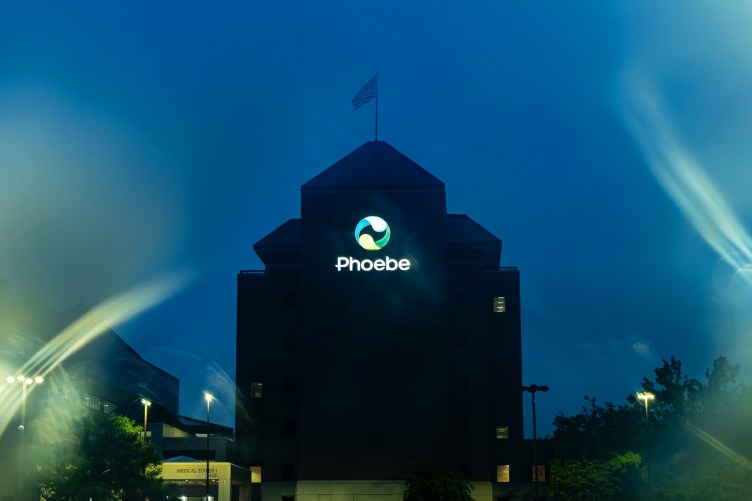Beds in closets. Vermin infestations. Drug-dealing house managers. Fire hazards hidden from building inspectors.
These are just some of the conditions turned up by the John Jay College of Criminal Justice during a year-long examination of New York City’s shadowy network of residences for indigent addicts and alcoholics.
John Jay’s report on these so-called “sober” homes, released today, paints a picture of an unsafe and unregulated housing system for which no government agency wants to take ownership, leaving tenants at landlords’ mercy.
Beyond being subjected to dangerous and unsanitary living conditions, many residents of sober homes, also known in New York as “three-quarter houses,” told John Jay’s team they were required to attend specific outpatient drug treatment programs or face eviction. These programs, some of dubious quality, allegedly pay home operators fees for referring patients for services from Medicaid and other government programs. Such referrals are illegal under federal and state law.
“Many of the houses have ongoing relationships with particular [state]-licensed substance abuse treatment programs, and evidence suggests that these programs may be paying the houses kickbacks for referrals of clients,” the John Jay report says.
The report’s conclusions echo those in an investigation published in September by ProPublica that detailed links between sober home operators and an outpatient drug treatment program called New York Service Network (NYSN). The New York Attorney General’s office has received allegations of fraud and kickbacks concerning the clinic. NYSN owner Lazar Feygin adamantly denies that he makes payments to sober home operators in exchange for patient referrals.
Eight days after ProPublica’s story, auditors with the New York State Office of Alcoholism and Substance Abuse Services (OASAS) began a surprise inspection of NYSN. OASAS auditors spent five days in the clinic for what a spokeswoman termed “a routine unannounced regulatory compliance review.” The agency has not yet announced the results of the review.
OASAS oversees one of the nation’s largest addiction services systems with more than 1,600 prevent, treatment and recovery programs, according to its website. It operates its own addiction treatment centers as well as licensing and supervising more than 1,000 others. The agency does not regulate the New York three-quarter houses where many people treated at such clinics live. Nor does any other governmental agency. John Jay teamed with several not-for-profit advocacy groups to interview 43 three-quarter house residents for its report. Those interviewed are not named; nor are the residences or drug clinics described in the report.
The report estimates that as many as 10,000 New Yorkers currently reside in three-quarter houses. Residents are often former prisoners or recent patients of residential drug treatment programs. Most are unemployed and receive Medicaid. A little less than half have been homeless at one point in their lives.
Since no governmental agency regulates three-quarter houses, there are no precise numbers for how many exist in New York. The John Jay study found 317 addresses but does not claim to be comprehensive. Almost 90 percent of the addresses had a building code complaint between 2005 and 2012 that resulted in at least one violation or stop-work order by the New York City building department, the report says. The houses are concentrated in some of New York City’s poorest neighborhoods.
Residents described crowded, hazardous living conditions: 30 to 40 people residing in a single house, with as many as 16 men sharing one bathroom. In some cases, the report said, houses have no smoke detectors. Electrical wiring is jerry-rigged. Heat can be scarce. Residents resort to using kitchen ovens or space heaters to stay warm. Though the houses are touted as drug free, residents told interviewers that drug use is common and that if they complain, house managers threaten eviction or in the case of parolees, a return to prison for manufactured parole violations.
The overcrowding may partly reflect insufficient affordable housing in New York City. The New York City Human Resource Administration pays individuals undergoing drug or alcohol treatment a monthly rental shelter stipend of $215. The amount was last raised in 1988, according to the New York State Office of Temporary and Disability Assistance. The median monthly rent, not including utilities, in New York City is $1,100, according to the report.
“It comes down to being a housing issue,” said Ann Jacobs, director of the John Jay College of Criminal Justice Prisoner Reentry Institute. “There needs to be an expansion of funding into that area.”
Though the report describes poor conditions at sober homes, advocates are equally concerned that the government will respond to the findings by shutting them down, Jacobs said. Most of the residents don’t want to live in homeless shelters, which don’t have the space for them anyway.
“What would happen to these people then?” Jacobs asked.
Ultimately, substandard sober homes are no bargain for taxpayers, putting residents in jeopardy of relapsing, of getting sick, causing fires and falling into homelessness, Jacobs added. Given a clean, safe place to live, more of them could return to work and contribute to their families.
“The problem is solvable,” Jacobs said. “I think the obstacle is political will.”











